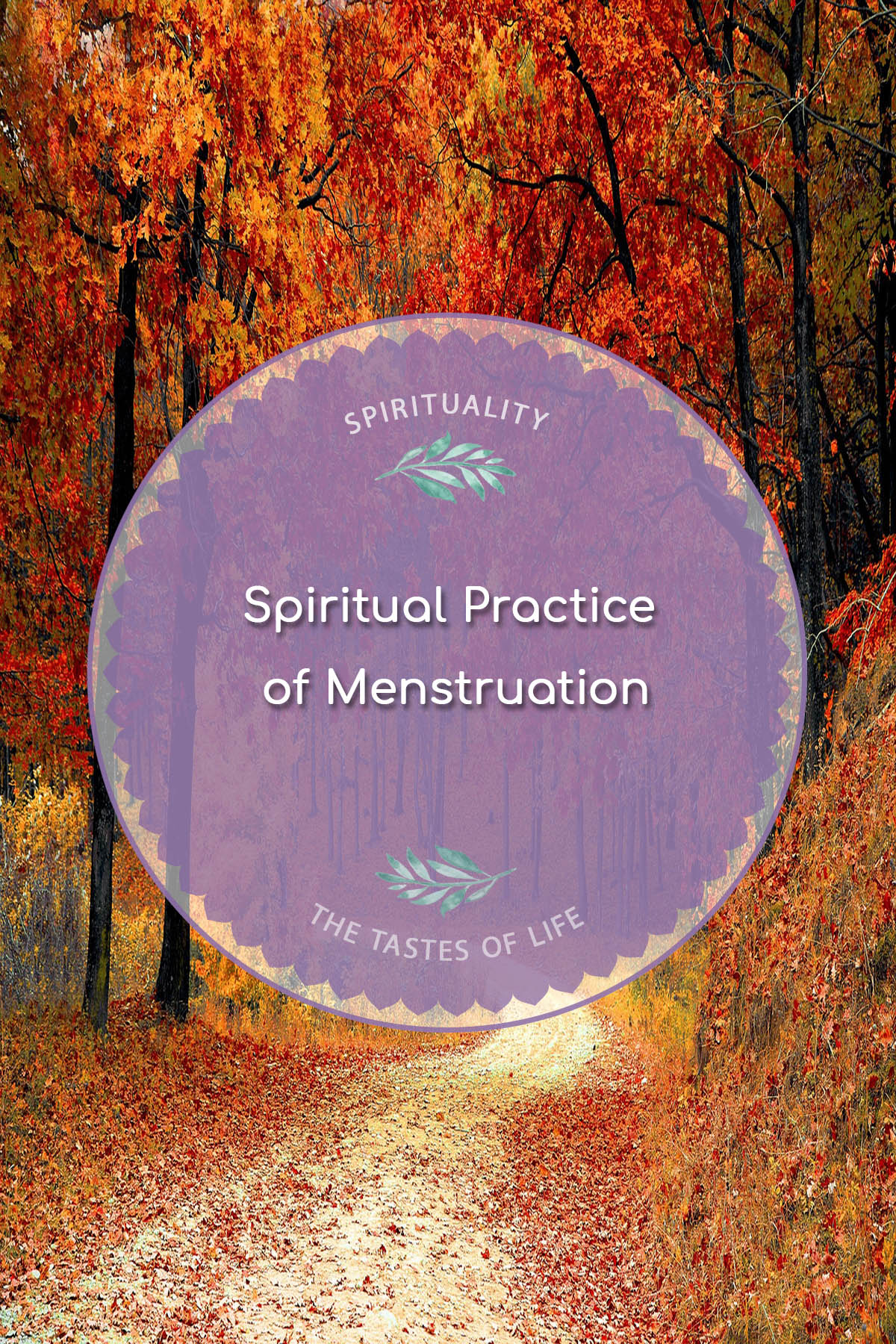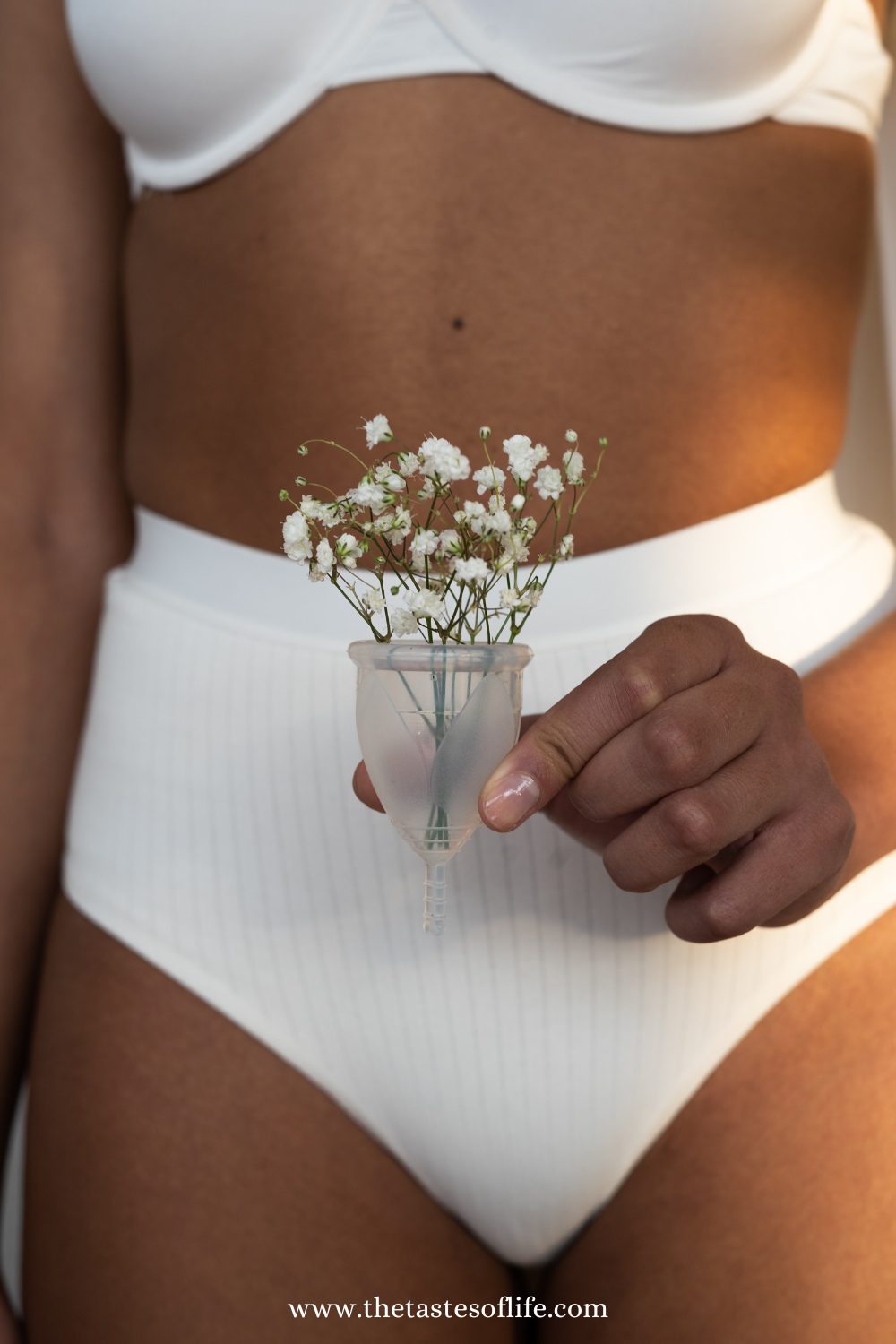Self-Breast Exam How-to Guide
Through our comprehensive guide to self-breast exam how-to-guide, learn how to empower yourself with knowledge about breast health. Discover step-by-step instructions for performing regular self-exams, enabling you to detect any changes early and take charge of your breast health.
Written by Angie Spuzak

Self-Breast Exam- You’re How-to Guide
Every woman should take a self-breast exam at least once a month. This blog will teach you how to guide yourself through the self-breast exam. Typically, breasts have bumps and lumps that should not worry you. The earlier you familiarize yourself with your breast tissue, the easier it will be to detect any changes that may appear. A self-breast examination aims to identify any unusual lumps and bumps that may come about or change with time. It also allows you to connect with yourself and your body more deeply.
Women aged 40 years and above are encouraged to get cancer screening regularly by scheduling annual mammograms in their calendars. We have accepted that the procedures are a health care routine, ideal, and safe to prevent us from getting breast cancer. However, breasts are a sensitive body part, and mammograms can be extremely harsh on them. We subject the breast to ionizing radiation, which affects the tissues at a cellular level and may even encourage the growth of breast cancer. It poses a cancer risk since you expose your body to radiation that is 1000x greater than that from a chest X-ray.
As much as mammograms are sometimes necessary, prevention using a holistic method is gentler. It is better to prevent a disease than to treat it later. Opt to use thermography for screening when you feel a lump or abnormality in the tissue. It gives physiological data about a lesion by using infrared imaging. In most cases, the anomalies turn out benign and are corrected through massaging the breast, herbal remedies, altering your diet, and applying oils. Thermography minimizes the risk of being exposed to high levels of cancer-promoting radiation while checking your breast for any minimal changes.

Breast Ultrasound uses sound waves to produce images of the breast tissue. It is often used to evaluate further abnormalities found during a mammogram or clinical breast exam. Ultrasound can help determine whether a lump is solid or fluid-filled (cystic) and may be used with other diagnostic imaging tests.
A self-breast examination is a simple method every woman can do for herself. Regular evaluations of our breasts enable us to monitor their fluctuations throughout our menstrual cycle. We are making it simpler to monitor any arising abnormalities or changes. We have objectified our breasts, strapping them and perking them, and have lost sight of their real purpose—sustaining life! They deserve tender care, affection, and attention.
Hormonal changes go hand in hand with our menstrual cycle. Fluctuations in hormones may change breast tissue in terms of shape, size, and appearance of small lumps. As menstruation begins, the tissue swellings reduce. The ideal moment to do a self-breast exam is after your period starts—days 5-7 of your cycle is best (counting day 1 as the day your period began). At that time, testing is more accurate since your breast tissue is in its original form.

Step-By-Step Breast Self-Exam
Breast self-examination steps:
Step 1: Choose the Right Time: Pick a time in your menstrual cycle when your breasts are least likely to be tender or swollen. This is usually a few days after your period ends. If you’re post-menopausal, any time is suitable.
Step 2: Get Comfortable: Take off your bra and stand in front of a mirror with your arms relaxed at your sides. Observe your breasts’ appearance, noting any changes in size, shape, or contour. Look for dimpling, puckering, or changes in the skin texture. Also, inspect your nipples for any abnormalities, such as inversion or discharge.
Step 3: Raise Your Arms: Raise your arms overhead and observe your breasts’ appearance again. Look for the same changes as in step 2. Check for any fluid discharge from the nipples.
Step 4: Examine While Lying Down: Lie down on your back with a pillow under your right shoulder and your right arm behind your head. Use your left hand to examine your right breast. Get used to the feel of your breasts. Use the pads of your fingers, not the tips, and apply different levels of pressure—light, medium, and firm—moving in small circular motions. Cover the entire breast area, from the collarbone to the bra line and from the armpit to the breastbone. Pay attention to any lumps, thickening, or hardened knots. Repeat this process for your left breast.
Step 5: Check Your Armpits: Feel your armpits for any lumps or swollen lymph nodes. Breast tissue extends into the armpit area, so changes here can also indicate breast health issues.
Step 6: Stand Up and Recheck: Stand up and repeat step 4. Some changes may be more noticeable in different positions.
Step 7: Consult a Healthcare Provider: If you notice any changes during your self-breast exam, don’t panic. Many breast changes are benign, but it’s essential to have any concerns evaluated by a healthcare professional. Schedule an appointment with your doctor or a breast specialist for a clinical breast exam and further evaluation if needed.

Keep note that bumps and normal lumps that change and move should not worry you – it’s those that grow in size, don’t move, and are hard that need medical attention. Feeling pain in the breast or tenderness or tissues are sensitive to touch is often brought about by changes in estrogen, fibroids, or estrogen in excess.
Fibrocystic breasts are those that are lumpy, and in most cases, you experience discomfort on one or both breasts. Small breast masses or breast cysts cause the lumpiness. It is a common, benign condition that usually clears up when hormones are in balance.
Supporting healthy and balanced hormones can decrease and heal fibrocystic breasts. This is achievable through practices like massaging your breasts, using herbal remedies, and wearing a bra that fits.
By reducing or stopping caffeine & chocolate consumption, most women found that the issue started clearing.
Don’t panic if you notice any unusual changes. Watch out for any changes (note them down and keep tabs on them, checking if they grow, minimize, disappear, or change with your cycle), and get a second opinion from your gynecologist. Scheduling a thermography or ultrasound session is advisable, as tracking changes take a few months.
How Often Should I Perform the Exam?
The frequency of self-breast exams can vary depending on individual risk factors, age, and personal preference. However, many healthcare professionals recommend monthly breast self-exam. Doing it around the same time each month, such as a few days after your menstrual period ends, can help you become familiar with your breasts’ normal texture and appearance and detect any changes more easily. For post-menopausal individuals, choosing a specific date each month is advisable.

What Are The Potential Signs of Breast Cancer?
- Lump or Mass: A new lump or mass in the breast or underarm area is one of the most common signs of breast cancer. It may feel different from the surrounding breast tissue and may or may not be painful.
- Changes in Breast Size or Shape: A health care provider should evaluate any noticeable changes in the size, shape, or contour of the breast, such as swelling, distortion, or asymmetry.
- Skin Changes: Changes in the skin texture of the breast, such as dimpling, puckering, or thickening, may indicate an underlying breast issue, including breast cancer.
- Nipple Changes: A healthcare provider should assess changes in the appearance or position of the nipple, such as inversion (turning inward), flattening, or retraction.
- Nipple Discharge: Spontaneous nipple discharge that is bloody, clear, or tinged with blood should be investigated.
- Breast Pain or Tenderness: While breast pain is not usually a common symptom of breast cancer, persistent or unexplained breast pain or tenderness needs to be checked by a healthcare professional.
- Redness or Rash: Persistent redness or a rash on the breast skin, resembling eczema or dermatitis, may indicate inflammatory breast cancer.
- Swelling in the Breast or Armpit: A healthcare provider should examine any swelling or enlargement of the breast or armpit area, with or without accompanying pain.
Note that early detection of breast cancer is very helpful. Monthly self-exams of the breast are important, and if you discover any of those changes, go for breast cancer screening.
Supporting Breast Health
How to turn your self-breast exam into a personal message
A self-breast oil massage can make the self-exam feel more fabulous, relaxing, and healing.
Get some good-quality and gentle oil, such as sesame, almond, evening primrose, or jojoba. Add 1-2 drops of natural essential oil, such as thyme, clary sage, chamomile, frankincense, jasmine, or sandalwood, to add benefits and aroma. While using the oils, massage the breast as you would during a self-breast exam or enjoyably apply them to the breast as a soothing moisturizer.

Improve Detoxification and Circulation By Dry Brushing.
Dry brushing promotes circulation, encourages detoxification, and boosts lymphatic flow throughout the body. If there is poor lymphatic flow, toxins will accumulate in our breasts. This is because breast toxins tend to pile up in fat cells, and breasts contain fatty adipose tissue.
·Go online or to a natural health food store and purchase a good- quality natural bristle brush online or health food store.
·The best time to dry brush is in the morning before your breast oil massage or bathing. Avoid doing it in the evening, as it may have a stimulatory effect.
·Begin gently! It is an uncomfortable new experience, and it may take a while to get used to it.
·Brush in a circular motion towards the heart, using long strokes.
·Do it from the feet and to the legs, then the palm of your hands to the arms. Then, from the back to the neck and shoulders, finish with the breasts and abdomen.
·Stay clear from the nipples and face. Be keen and gentle with a sensitive body part.
Take off the bra! Having a bra on for 12 hours a day increases the risk of breast cancer by 5x! It blocks circulation for lymphatic flow and reduces toxin pile-up in the fat cells in the breasts. Not everyone would want to go out without a bra, but minimizing the time you wear it is vital. Ditch once you’re at home, massage or dry brush, and allow some movement. Go for a looser fitting bra top and bralettes instead of the underwire for better breathing room and circulation.
Regular breast self-breast exams are a simple yet powerful tool in breast cancer prevention and a great diagnostic tool. By becoming familiar with your breasts’ normal appearance and texture, you’ll be better equipped to notice any changes promptly. Remember, early detection saves lives. So, take a few minutes each month to perform a regular breast exams, and encourage your loved ones to do the same. Use this information to learn about your breasts and empower yourself with knowledge and proactive healthcare practices. Your breasts—and your overall health—will thank you for it.
Best Practices For Brest Health
Dutch Test – The Most Informative Hormone Test Available
Why Chia Seeds Is Great For Hormonal Balance
References:
https://pubmed.ncbi.nlm.nih.gov/15840071
https://pubmed.ncbi.nlm.nih.gov/12804462
https://pubmed.ncbi.nlm.nih.gov/21596057
Yum





